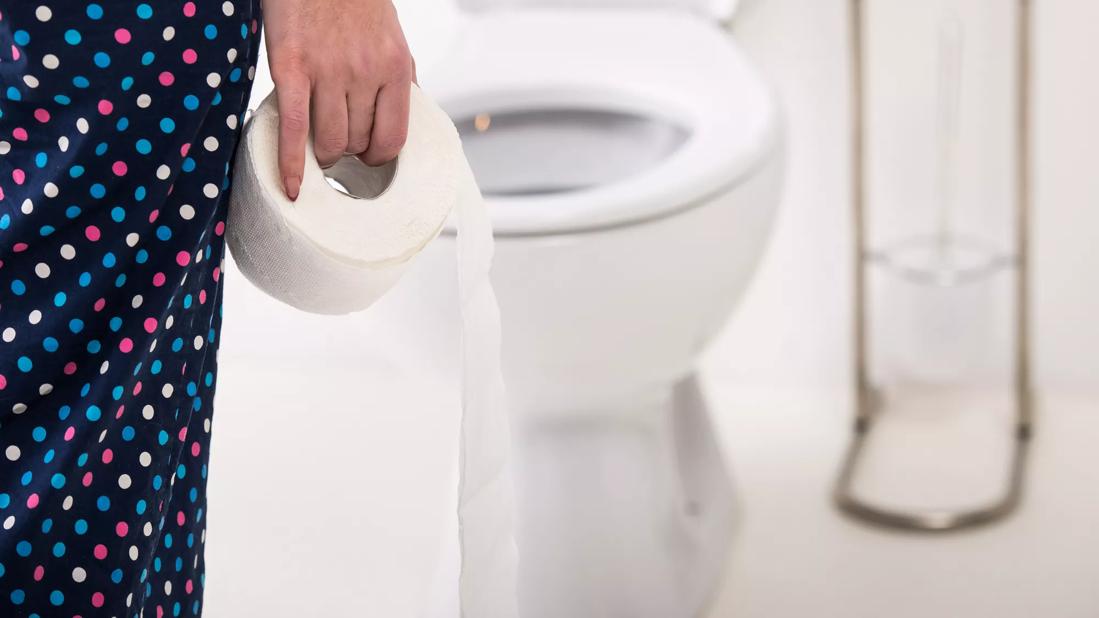Investigating a method to regenerate the pudendal nerve after childbirth

Cleveland Clinic researchers are investigating the use of low-intensity electrical stimulation to treat postpartum incontinence and prevent subsequent development of stress incontinence.
Advertisement
Cleveland Clinic is a non-profit academic medical center. Advertising on our site helps support our mission. We do not endorse non-Cleveland Clinic products or services. Policy
Research shows that approximately 33 percent of women are affected by some type of weekly or daily incontinence during the first three months postpartum. Women who deliver vaginally are approximately twice as likely to experience postpartum incontinence compared to women who deliver via a cesarean section. Postpartum incontinence resolves spontaneously in a portion of women, but remains chronic in others.
Margot Damaser, PhD, a researcher in the Department of Biomedical Engineering at Cleveland Clinic’s Lerner Research Institute and a Senior Research Career Scientist at the Louis Stokes Cleveland Veterans Affairs Medical Center, is collaborating with colleagues from both Cleveland Clinic and the Louis Stokes Cleveland Veterans Affairs Medical Center on this project.
“In about 10 percent of women who deliver vaginally, postpartum incontinence does not resolve spontaneously and will warrant some type of intervention,” says Dr. Damaser. “Women who experience postpartum incontinence, even if it resolves, are also at greatest risk for developing stress incontinence later in life, especially perimenopausally.”
Postpartum incontinence is a result of injury to the pudendal nerve and surrounding tissues during delivery, which can be both ischemic and mechanical in nature.
“Clinical studies show that the pudendal nerve, which courses throughout the birth canal, is particularly vulnerable to damage,” she adds. “This damage is sometimes still measurable even five to seven years after delivery, and it correlates with stress incontinence in women.”
Advertisement
The inspiration for this project came from European colleagues who routinely use low-intensity electrical stimulation to treat postpartum incontinence in women.
“In certain European countries, almost all women receive low-intensity electrical stimulation of the pelvic floor after childbirth,” she notes. “The treatment is considered routine and part of postpartum rehabilitation of the pelvic floor, but clinicians do not fully understand how it works.”
Dr. Damaser is using an animal model to study how electrical stimulation can help regenerate the pudendal nerve in the optimal period for intervention — soon after childbirth.
“We think that by providing regenerative therapy soon after delivery, before the innervated muscles have completely atrophied and before elastin degrades with ageing, we can both treat postpartum incontinence and prevent or at least reduce the chance of developing incontinence later in life. If we can encourage tissues to regenerate properly soon after the injury, it should have a long-term effect,” she says.
In her preclinical study, electrical stimulation is delivered periodically at low-intensity to stimulate regeneration of the pudendal nerve. The protocol is being tested in a rat model of stress incontinence. The animals receive an hour of stimulation of the pudendal nerve each day for two weeks. Outcomes are evaluated after three or four weeks.
Dr. Damaser plans preclinical testing of the same protocol for pelvic floor stimulation, which is less invasive than direct stimulation of the pudendal nerve.
Advertisement
“We would like to work with our European colleagues to perform nerve function testing in clinical trials in Europe,” she adds. “The protocol, theory and molecular mechanisms of regenerative nerve stimulation are already known for peripheral nerve injuries such as sciatic nerve or carpal tunnel injuries.”
Advantages of this treatment include its noninvasive nature, low cost and suitability for delivery in an outpatient setting, Dr. Damaser concludes. She is optimistic that clinical studies in human subjects will be approved, and that the treatment will eventually be approved for use in the United States.
Advertisement
Advertisement

First full characterization of kidney microbiome unlocks potential to prevent kidney stones

Researchers identify potential path to retaining chemo sensitivity

Large-scale joint study links elevated TMAO blood levels and chronic kidney disease risk over time

Investigators are developing a deep learning model to predict health outcomes in ICUs.

Preclinical work promises large-scale data with minimal bias to inform development of clinical tests

Cleveland Clinic researchers pursue answers on basic science and clinical fronts

Study suggests sex-specific pathways show potential for sex-specific therapeutic approaches

Cleveland Clinic launches Quantum Innovation Catalyzer Program to help start-up companies access advanced research technology